1. The Bald Eagle?
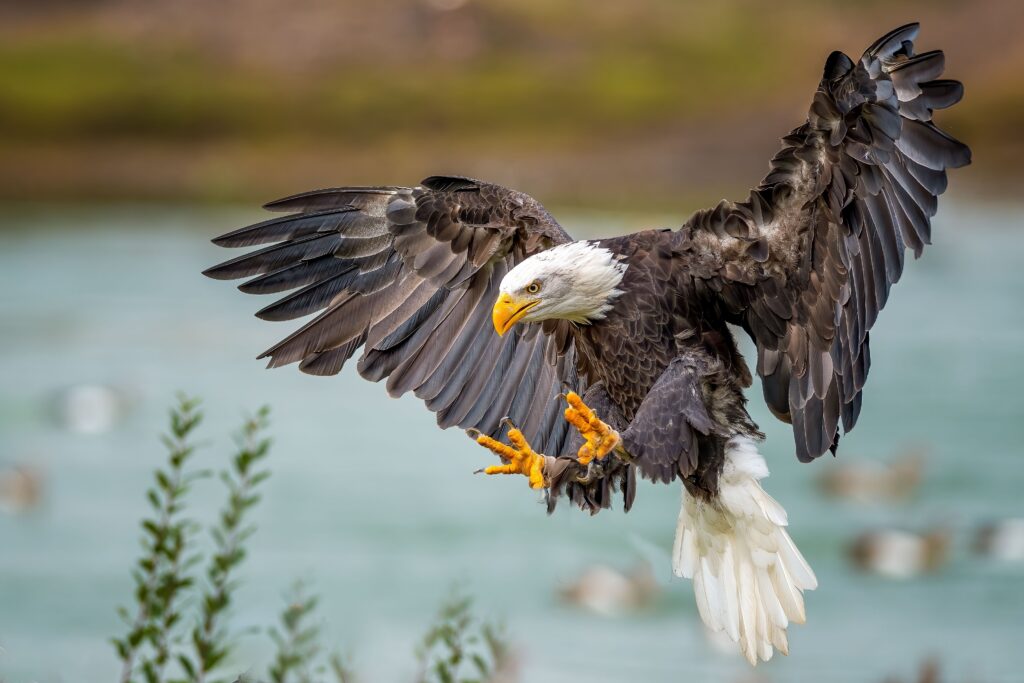
Answer: Thriving. Once on the brink, the bald eagle is now soaring again. Back in the 1960s, their numbers plummeted due to DDT and habitat destruction. But after the pesticide was banned and conservation laws kicked in, they took flight, literally. Today, you can spot them across North America, especially near lakes and rivers. According to the U.S. Fish and Wildlife Service, bald eagle populations have quadrupled since 2009. It’s become one of America’s most celebrated conservation wins. Now, this national bird isn’t just a symbol of freedom, but of recovery too.
2. Monarch Butterflies?
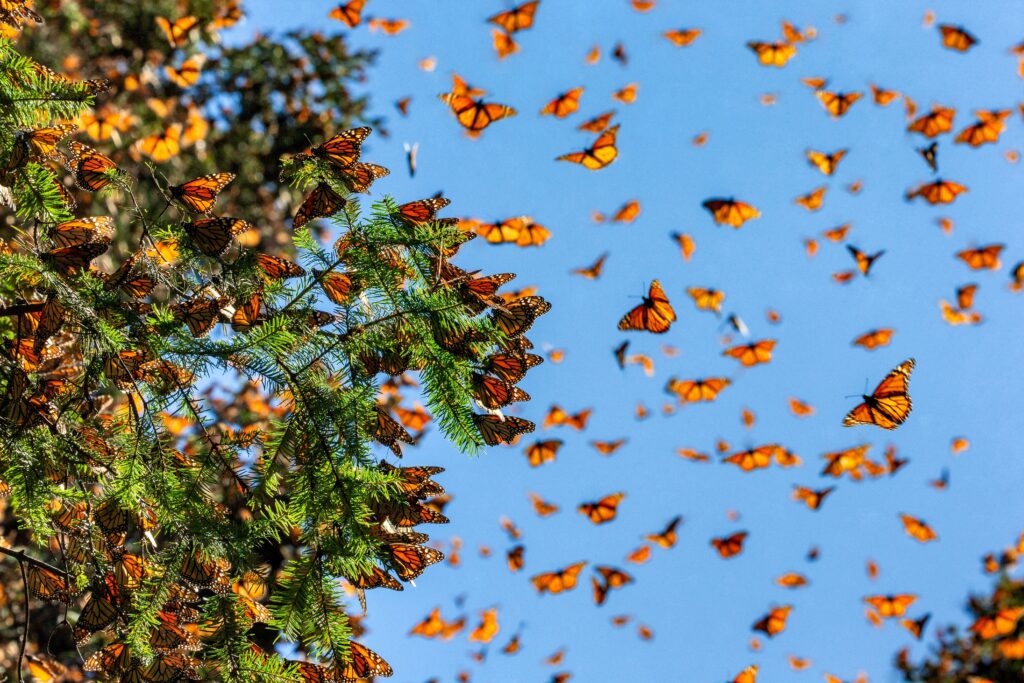
Answer: Endangered. We’ve all seen monarch butterflies dancing through gardens, but their future isn’t as light as their wings. These bright orange travelers are now considered endangered mainly because of pesticides and the loss of milkweed, the only plant their caterpillars eat. According to the Xerces Society, western monarch populations have dropped by more than 90% in recent years. What used to be a common summer sight has become a rare glimpse. Small gardens with milkweed can help, but big changes are still needed to bring them back in full.
3. Giant Pandas?

For years, the giant panda was the face of endangered animals. Now, it’s the face of hope. Thanks to decades of hard work from conservationists and local communities in China, giant pandas were upgraded from “endangered” to “vulnerable” in 2016. According to WWF, wild populations have reached over 1,800. Bamboo forests were protected, breeding programs took root, and slowly, pandas began to rebound. You still won’t see them outside of zoos or remote Chinese mountain ranges, but they’re no longer hanging by a thread. Answer: Thriving
4. Blue Whales?
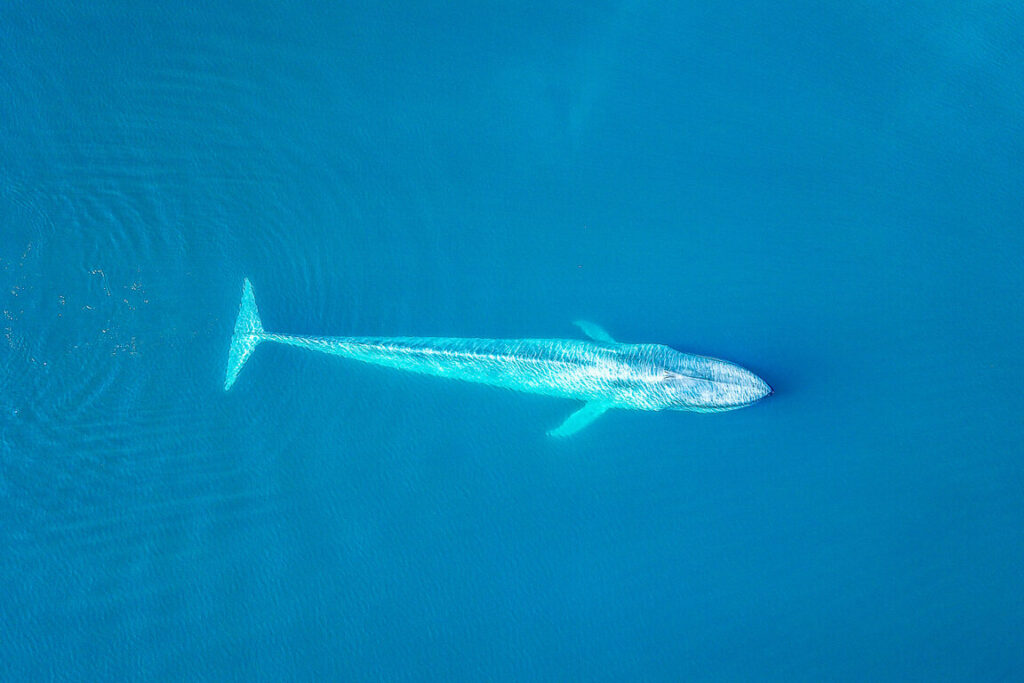
Answer: Endangered. Imagine the largest animal on Earth struggling to survive. That’s the case with the blue whale. Hunted nearly to extinction in the 20th century, blue whales remain endangered, though they’re now protected from whaling. According to NOAA, only around 10,000 to 25,000 remain globally. Ship strikes, climate change, and ocean noise continue to pose threats. They may be giants, but their recovery has been slow and quiet. Still, every breach and tail splash feels like nature’s way of saying, “We’re trying.”
5. Gray Wolves?
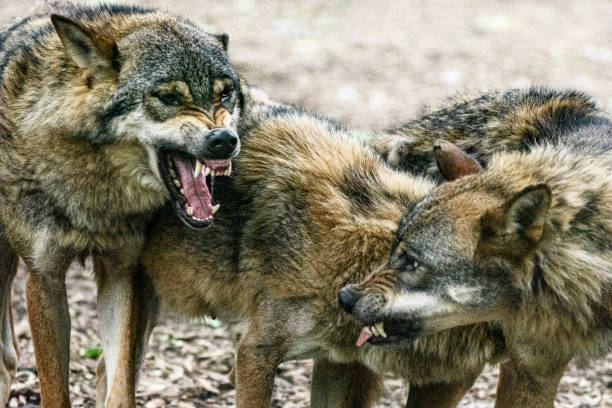
Answer: They are Mixed. Talk about a complicated comeback. Gray wolves are thriving in some places and endangered in others. After nearly vanishing from the U.S., they were reintroduced to Yellowstone in the 1990s. That helped the ecosystem and their numbers. But outside protected areas, it’s a different story. State laws vary, and protections are constantly debated. According to Defenders of Wildlife, their status can shift from “protected” to “hunted” depending on where you are. It’s a wild ride for a wild animal that still stirs strong feelings.
6. Vaquitas?
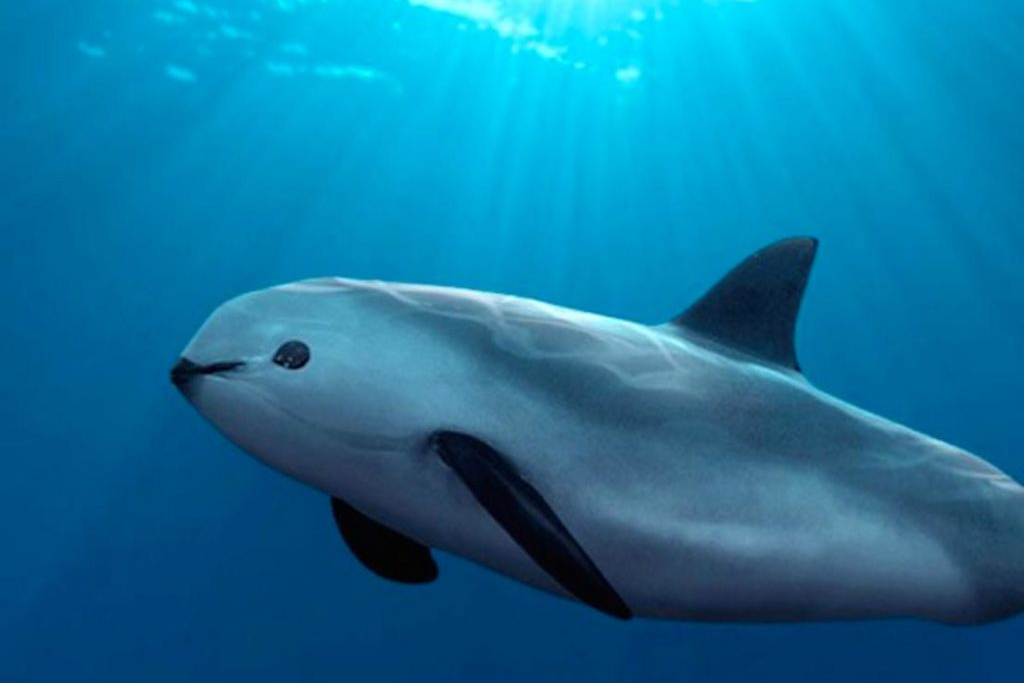
Answer: Critically Endangered. If you’ve never heard of a vaquita, you’re not alone, and sadly, there aren’t many left to meet. Vaquitas are the world’s rarest marine mammals, found only in Mexico’s Gulf of California. Fewer than 10 are thought to be alive today, according to the International Committee for the Recovery of the Vaquita. Their biggest threat? Getting caught in illegal fishing nets meant for totoaba, a prized fish. Despite global attention, enforcement struggles continue. They’re tiny, elusive, and heartbreakingly close to disappearing forever.
7. American Bison?
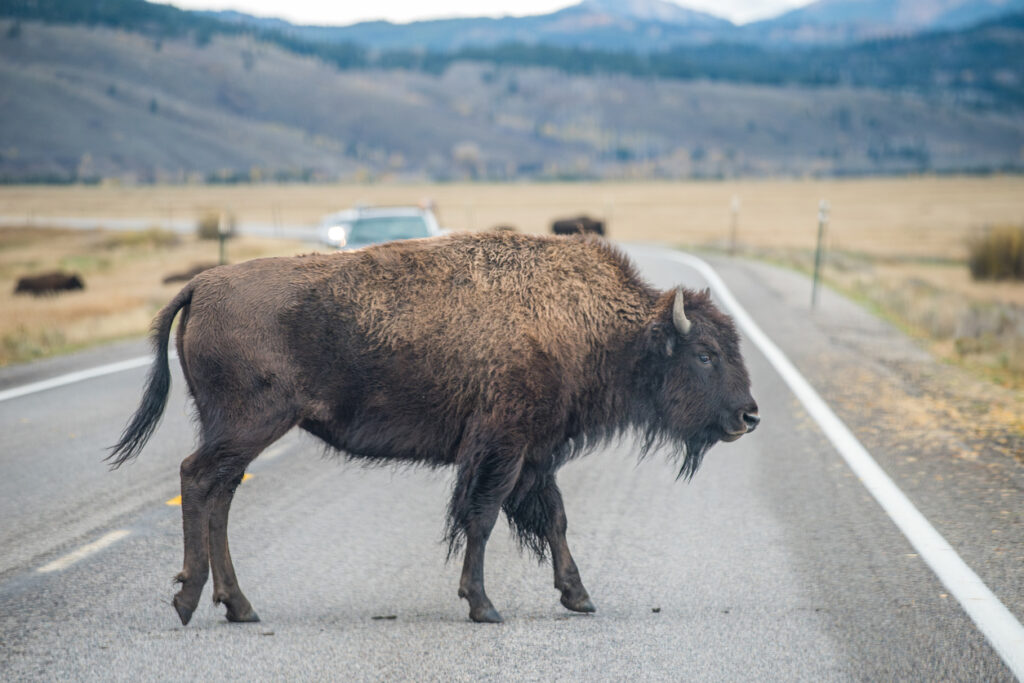
You might be surprised to learn that bison, once slaughtered nearly to extinction, are now doing just fine. Once roaming by the millions, their numbers dropped to under 1,000 in the 1800s. But thanks to conservation and rewilding efforts, about 500,000 bison now live in North America, according to the National Bison Association. Most are in managed herds, but it’s still a big leap from the past. They’re not exactly wild again, but they’re far from lost. In fact, they’ve become symbols of strength and restoration. Answer: Thriving
8. African Elephants?
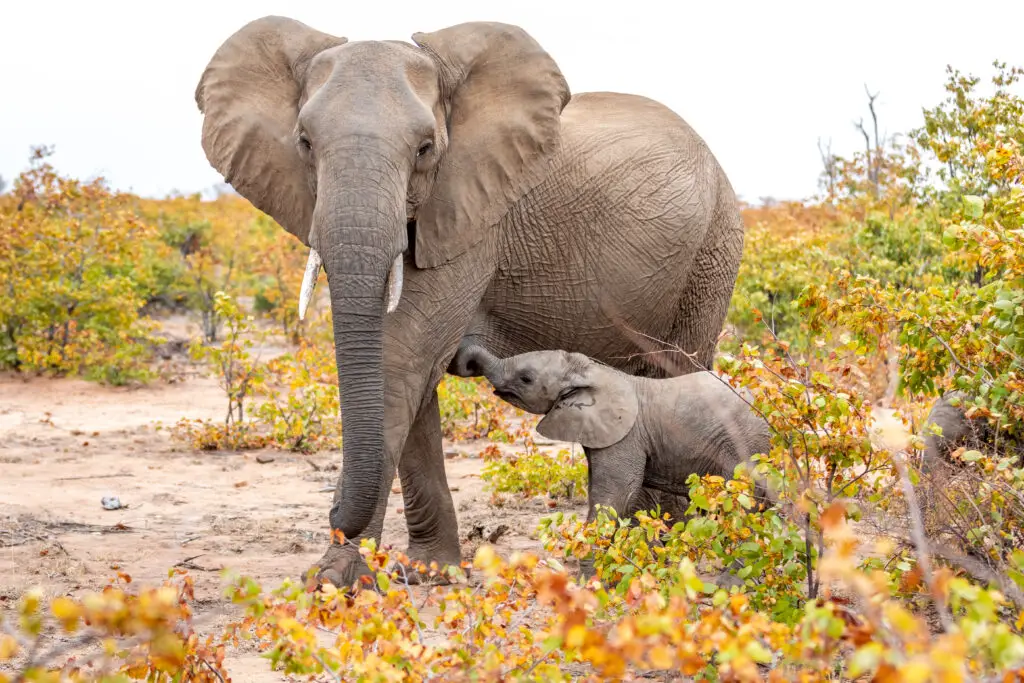
Answer: Endangered. There’s something unforgettable about seeing an elephant but seeing fewer of them is the painful part. African elephants are endangered largely due to poaching and deforestation. According to the IUCN, their population has dropped by over 60% in the last 50 years. Ivory trade and human conflict continue to make their future uncertain. Conservation zones and anti-poaching efforts help, but challenges remain. These gentle giants deserve room to roam, but for now, they’re still running out of space and time.
9. Snow Leopards?
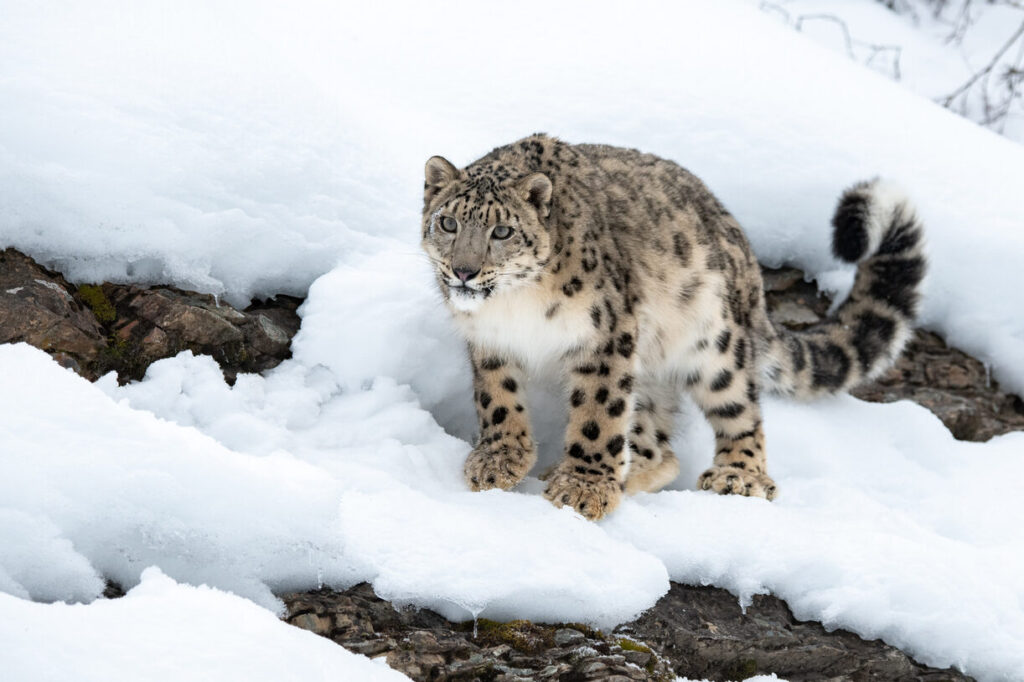
Answer: On Verge of Endangerment. High in the Himalayas, snow leopards walk a quiet, icy path. They’re beautiful, rare, and hard to spot even in the wild. While still vulnerable, their numbers are slowly improving thanks to habitat protection and anti-poaching efforts. According to Panthera, around 4,000 to 6,500 are left in the wild. They face threats like shrinking prey populations, climate change, and human-wildlife conflict. But in some regions, community-led conservation is helping. These elusive cats aren’t out of the woods, but they’re no longer slipping as fast.
10. Red Foxes?
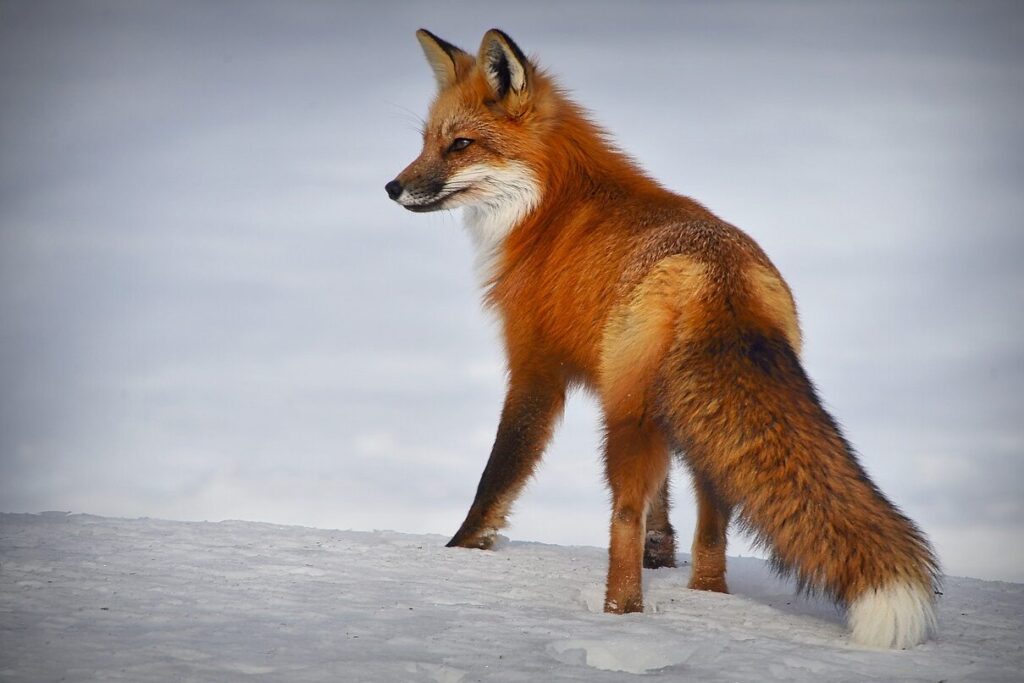
Unlike some of their wild cousins, red foxes are doing just fine and maybe too fine in some places. These clever canines have adapted to city life, rural lands, and everything in between. You’ll find them in backyards, alleyways, and forests across the Northern Hemisphere. According to the Urban Wildlife Research Project, red fox sightings are increasing even in highly populated areas. Their smarts, speed, and flexibility make them excellent survivors. Not every animal needs our help to bounce back. Some just need a place to sneak through. Answer: Thriving
11. Axolotls?
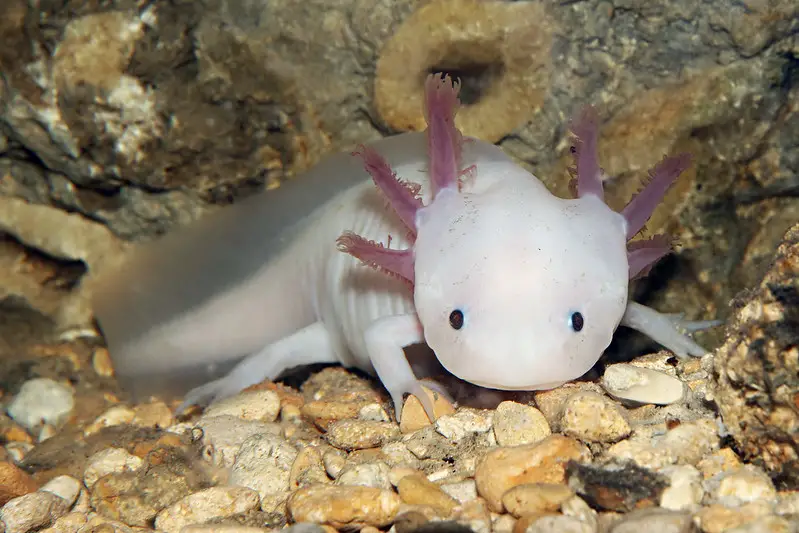
Answer: Critically Endangered. If there’s one animal that looks like it stepped out of a fantasy book, it’s the axolotl. These smiley, frilly amphibians are famous for their ability to regrow limbs. But while they thrive in labs and aquariums, their wild numbers are vanishing fast. Native only to lakes in Mexico City, axolotls face water pollution and habitat destruction from urban sprawl. According to the National Autonomous University of Mexico, only a few hundred may remain in the wild. They’ve become conservation icons, but they still need saving where they actually belong.
12. Florida Panthers?

Answer: Endangered. You won’t find panthers strolling along Florida’s beaches, but they do live deep in the swamps and forests. The Florida panther, a subspecies of cougar, was once down to just around 20 individuals in the wild. Conservation efforts have helped raise their numbers to about 200, according to the Florida Fish and Wildlife Conservation Commission. Still, that’s not much. Habitat loss and car collisions remain serious threats. They’re a quiet reminder that some animals survive more out of effort than luck.
13. Koalas?
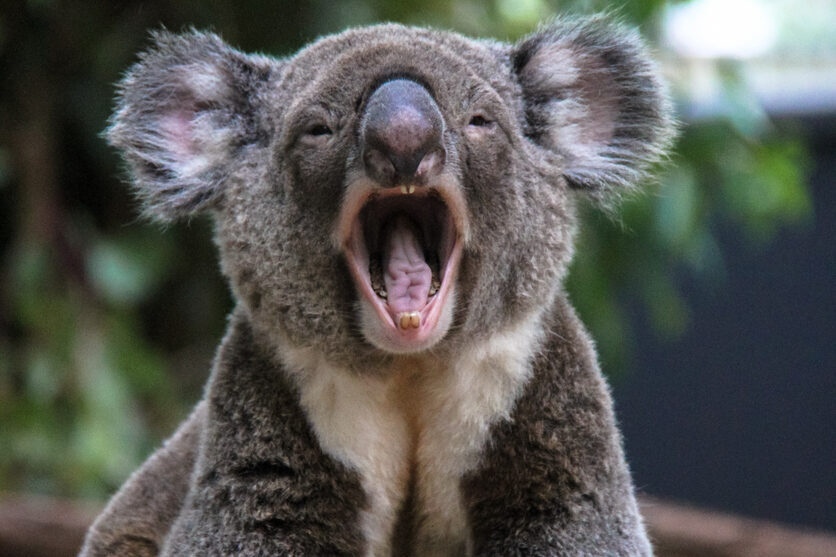
Answer: Endangered. Koalas are one of those animals you just assume will always be around. But bushfires, urban expansion, and disappearing eucalyptus forests have pushed them to endangered status in parts of Australia. According to the Australian Koala Foundation, koala populations have dropped by more than 50% in some regions over the last decade. Their food source, eucalyptus leaves, is becoming harder to find, and climate change is making their habitat even more fragile. These sleepy marsupials need more than cuddles. They need serious help.
14. Beavers?

Here’s one animal whose comeback benefits more than just its own kind. Beavers are thriving across North America and Europe, and they’re bringing wetlands back with them. Once hunted for their fur and blamed for flooding, these dam-building engineers are now recognized for their environmental superpowers. According to National Geographic, reintroduced beavers have helped restore ecosystems, improve water quality, and reduce wildfire risks. Their natural instinct to shape landscapes is helping people and wildlife alike. Turns out, these busy creatures knew best all along. Answer: Thriving
15. Amur Leopards?

Answer: Critically Endangered. It’s hard to believe something this stunning could be so scarce. Amur leopards, with their thick winter coats and rosette spots, are among the rarest big cats in the world. Native to a small patch of forest in eastern Russia and China, fewer than 100 remain in the wild, according to the WWF. Poaching and habitat loss brought them to the brink. Recent efforts like anti-poaching patrols and breeding programs have helped, but their future is still far from secure.
16. Sea Otters?

Answer: Thriving Once hunted almost to extinction for their luxurious fur, sea otters are making a heartwarming comeback. They’ve rebounded along parts of the Pacific coast, especially in Alaska and California. According to the Monterey Bay Aquarium, protected marine zones and conservation laws have helped their populations grow steadily. These playful animals also play a crucial role in keeping kelp forests healthy by munching on sea urchins. Watching them float on their backs and crack shells on their bellies is not just cute. It’s a small sign that nature can heal.
17. Penguins?
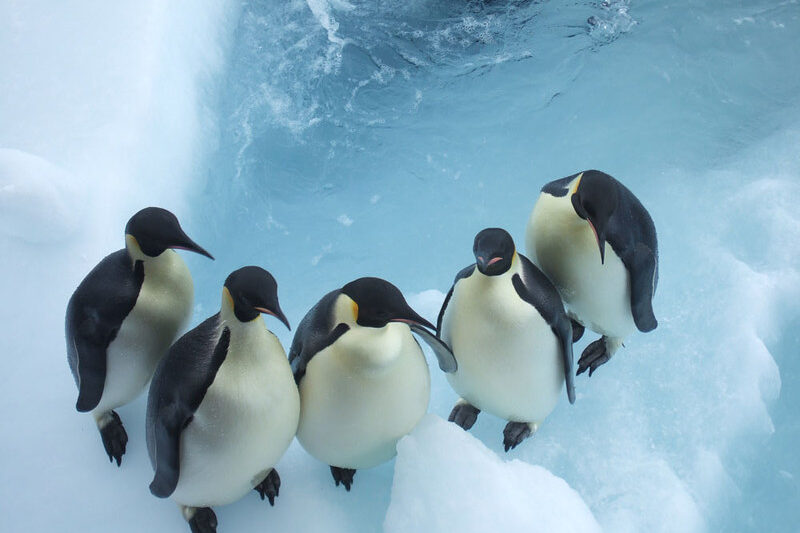
Answer: MIxed. Penguins might seem like they’re doing just fine. After all, they’re still starring in documentaries and cartoons. But not all penguins are safe. While some species like the emperor penguin are under threat due to melting sea ice, others like the Adélie penguin are holding steady. The picture isn’t black and white. According to BirdLife International, many penguin populations are declining from climate change, overfishing, and oil spills. Still, targeted protections have shown that recovery is possible. It really depends on where and how they live.
18. Manatees?
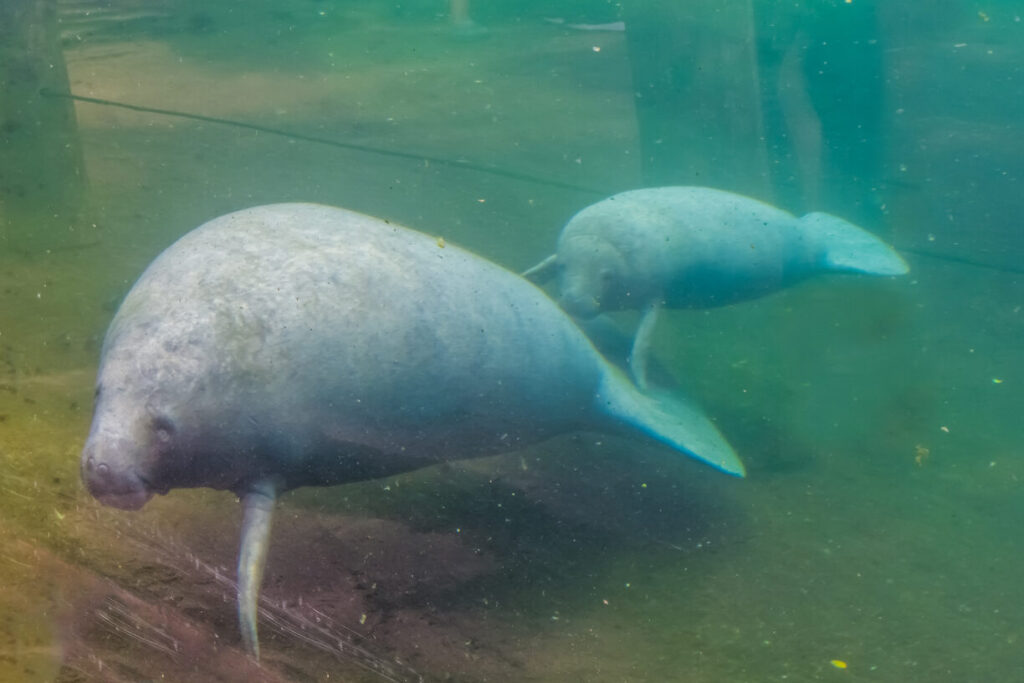
Answer: Vulnerable. Gliding slowly through warm, shallow waters, manatees are as gentle as they come. While their numbers have improved since they were once listed as endangered, they’re still classified as threatened. Boat strikes remain a big problem, along with algae blooms that reduce their food supply. According to the U.S. Fish and Wildlife Service, Florida manatees face a rising number of deaths tied to environmental decline. They’re symbols of peace, but peace isn’t always enough. They need cleaner waters and safer homes.
19. American Alligators?
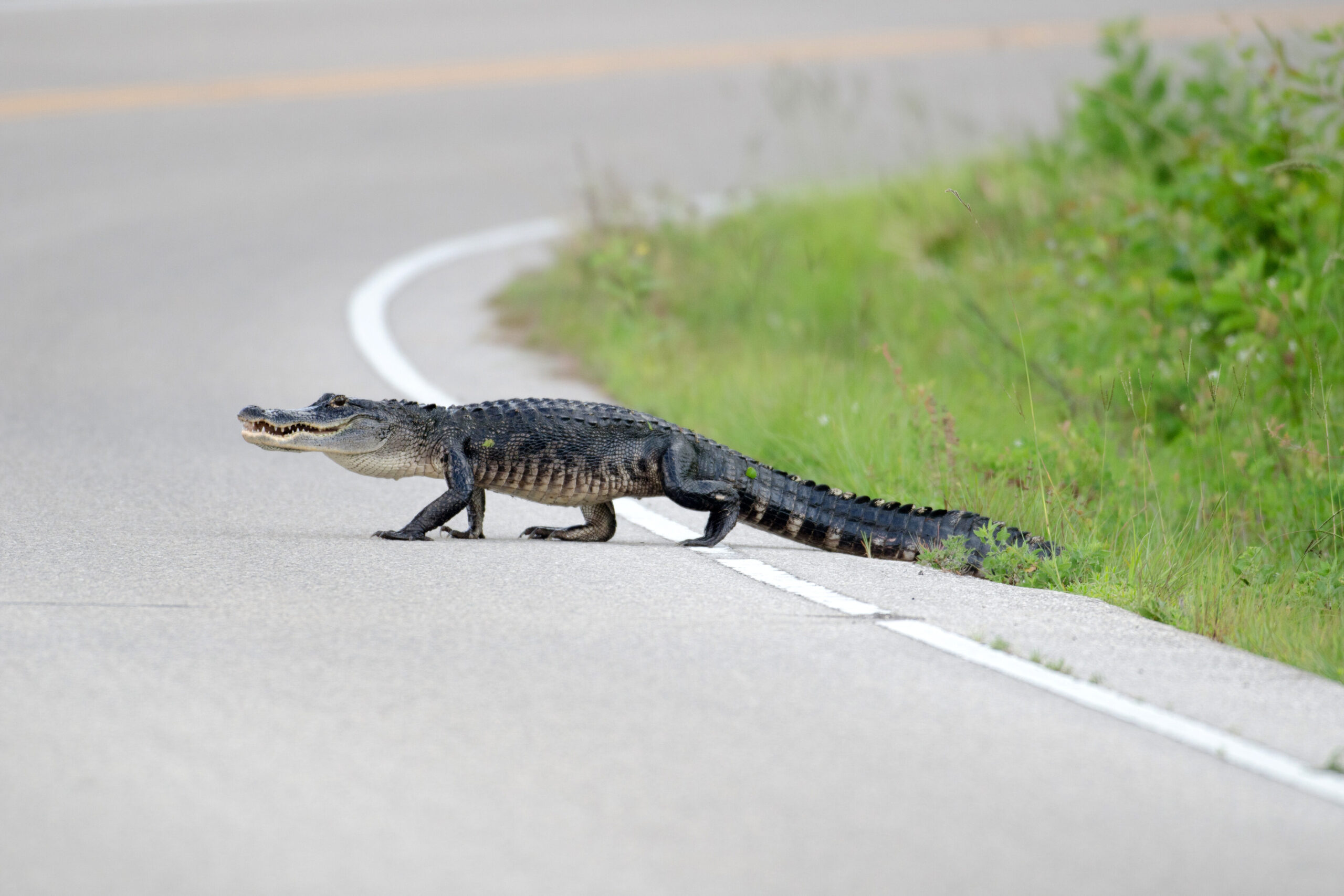
Answer: Thriving Believe it or not, American alligators were once on the endangered species list. In the mid-20th century, overhunting nearly wiped them out. But today, they’re thriving across the Southeastern U.S. Thanks to strong protection and public awareness, the population rebounded so well that it became one of the first major wildlife recovery successes. According to the U.S. Geological Survey, millions now live in the wild again. You’ll find them in swamps, marshes, and even the occasional golf course pond. It’s a true Southern comeback story.
20. Ravens?

Answer: Thriving Long seen as ominous or unlucky in folklore, ravens are now symbols of adaptation and survival. These clever birds are thriving across North America, Europe, and beyond. According to Audubon, they’ve expanded their range dramatically over the last few decades, often nesting in cliffs, trees, and even on urban buildings. Their intelligence helps them find food in all kinds of places, from remote wilderness to busy city streets. Where others struggle to adapt, ravens thrive. Sometimes, the animals we underestimate end up outsmarting us all.
21. Polar Bears?

Answer: Vulnerable. Few animals are as tied to climate change as polar bears. These Arctic icons rely on sea ice to hunt seals, and as the ice melts earlier each year, they’re left stranded and hungry. According to the IUCN, they’re listed as vulnerable, with many populations in decline. They haven’t hit endangered status yet, but the trend is worrying. As ice-free days increase, so do the challenges they face. Seeing a polar bear today is still possible, but how long that remains true depends on the ice and on us.
22. Humpback Whales?
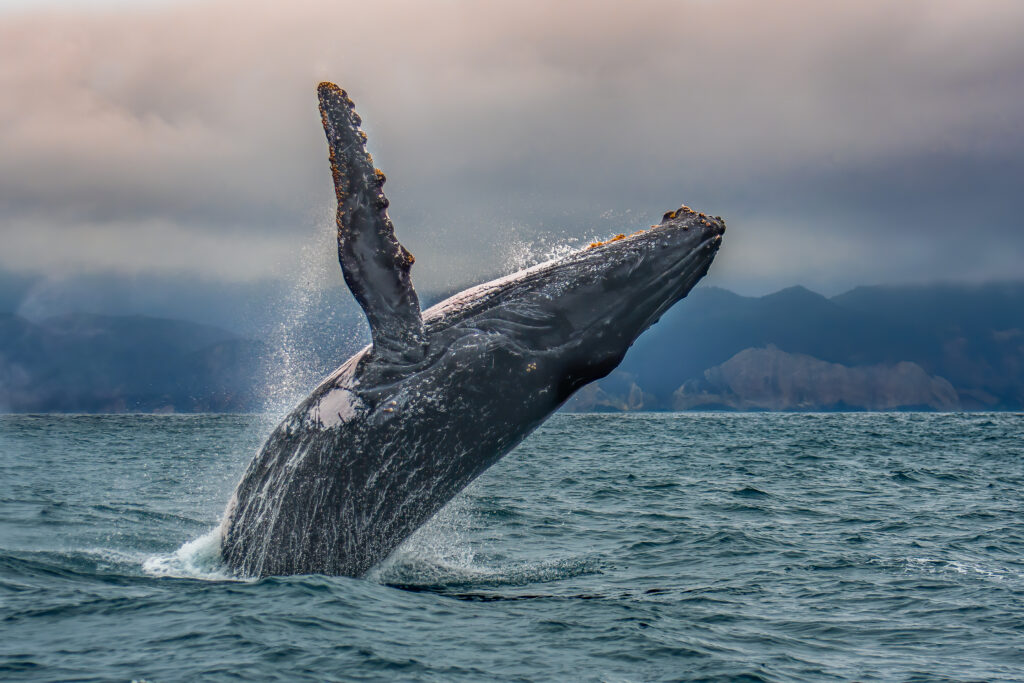
Answer: Thriving If there’s one good news story in the ocean, it’s the humpback whale. Once nearly wiped out by commercial whaling, these graceful giants have made a strong return. According to NOAA, populations have increased so much that some regions have removed them from the endangered list. They’re now spotted in growing numbers during seasonal migrations, leaping and breaching like something out of a dream. While they still face threats from ship strikes and entanglement, their recovery is proof that legal protections and patience work.
23. Orangutans?
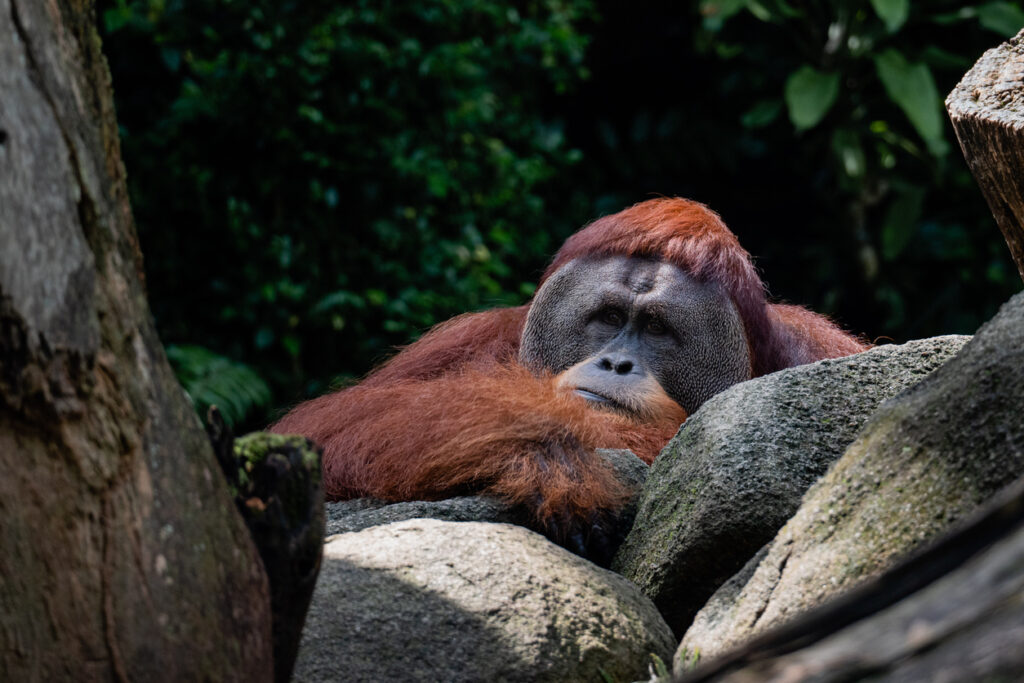
Answer: Critically Endangered. Orangutans are often called the gardeners of the forest because they help spread seeds and maintain the health of tropical ecosystems. But their own survival is under threat. Found only in Borneo and Sumatra, they are critically endangered due to habitat loss from logging and palm oil plantations. According to the IUCN, orangutan populations have declined by over 50% in the past 60 years. Their sad eyes and slow movements seem to reflect the urgency of their situation. Saving them means saving the forests they call home.
24. Green Sea Turtles?
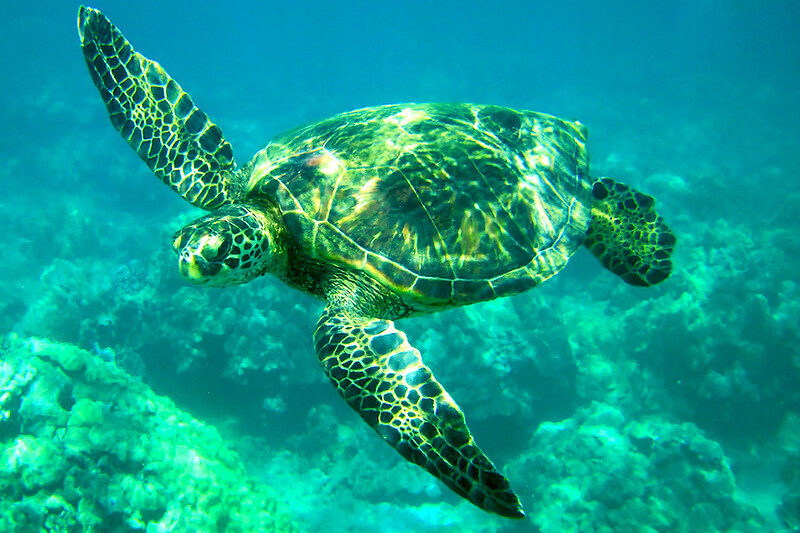
Anser: Vulnerable: It’s hard not to feel something when you see a baby sea turtle heading toward the ocean. Green sea turtles have faced steep declines due to egg poaching, fishing nets, and pollution. But things are turning around. According to the U.S. Fish and Wildlife Service, their nesting numbers have increased in parts of Florida and the Caribbean. They’re still considered threatened, but international protections and beach monitoring have helped boost survival. Watching one return to the ocean is a quiet reminder of how small steps can make waves.
25. Grizzly Bears?
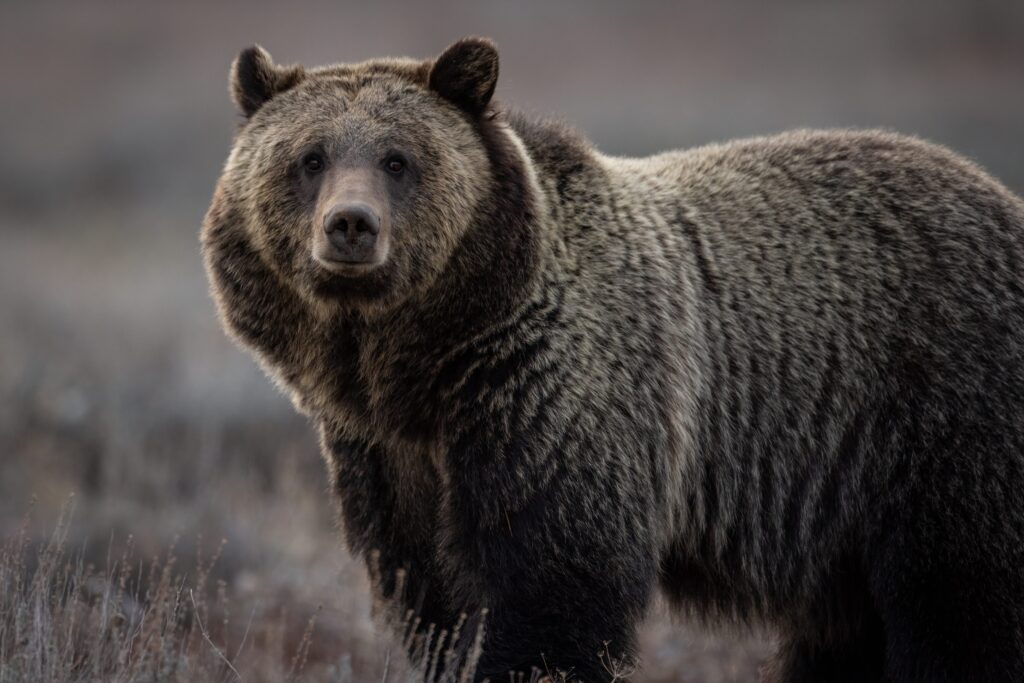
Answer: Threatened. The sight of a grizzly bear is both awe-inspiring and sobering. In the lower 48 U.S. states, grizzlies are still listed as threatened, although populations in areas like Yellowstone have grown. According to the National Park Service, they’ve rebounded from around 130 in the 1970s to over 700 today in that region. But outside those protected zones, their future is less certain. Habitat fragmentation and human conflict are still major issues. Their survival depends not just on space, but on coexistence.
26. Red Pandas?

Answer: Endangered. Not to be confused with giant pandas, red pandas are much smaller, more elusive, and facing serious challenges. Native to the eastern Himalayas and southwestern China, they’re endangered due to deforestation, poaching, and habitat fragmentation. According to Red Panda Network, fewer than 10,000 are believed to remain in the wild. These tree-dwelling animals spend much of their time curled up in branches, hidden from view. Their gentle nature and quiet lifestyle haven’t shielded them from the rapid changes in their forests.
27. Whooping Cranes?
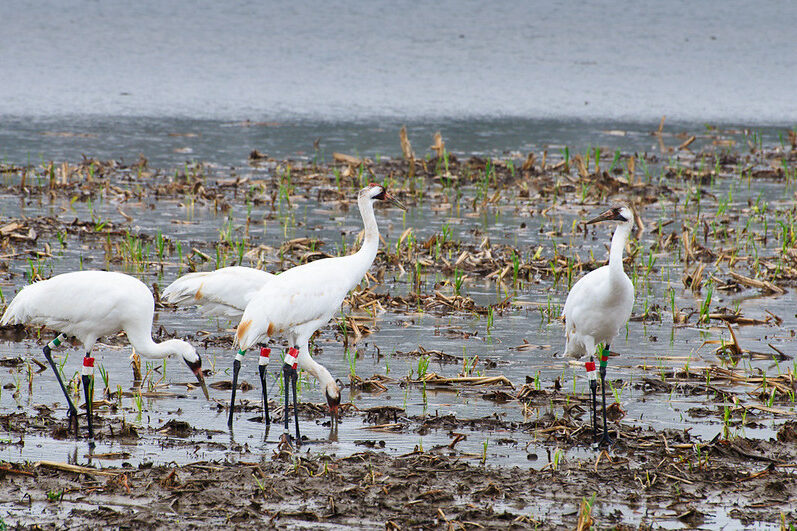
Answer: Endangered. Tall and striking with a trumpet-like call, whooping cranes once dwindled to just 15 birds in the wild. Today, thanks to captive breeding and reintroduction programs, their numbers are slowly climbing. According to the U.S. Fish and Wildlife Service, over 500 now exist in the wild, though they’re still classified as endangered. These long-legged birds rely on carefully protected wetlands to survive. It’s one of the more fragile comeback stories, where every chick and every successful migration feels like a tiny miracle.
28. Chinook Salmon?

Answer: Threatened. Chinook salmon are not just a vital food source for people and wildlife; they’re also a cultural icon in the Pacific Northwest. But their numbers are shrinking. According to NOAA Fisheries, several populations are now listed as threatened due to warming river waters, overfishing, and dams blocking their migration paths. These powerful fish travel hundreds of miles from the ocean to their freshwater birthplaces to spawn. It’s a journey getting harder each year, and their struggle reflects a broader story of changing rivers and lost connections.
29. Gorillas?
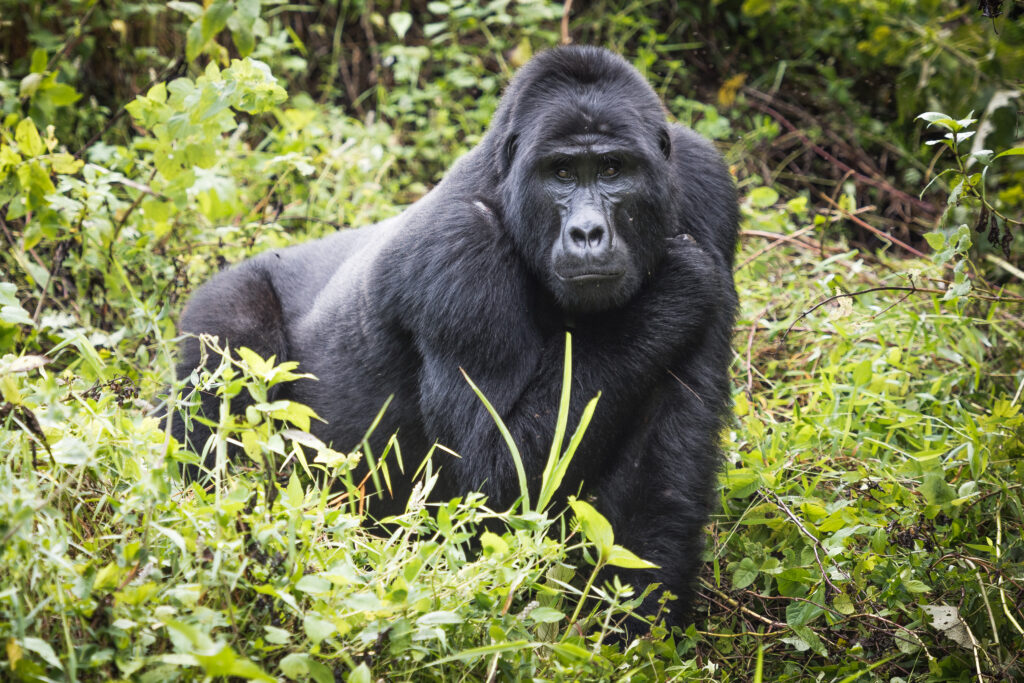
Answer: Critically Endangered. Gorillas are our close cousins, and sadly, they’re among the most threatened. Mountain gorillas have made progress, but both eastern and western lowland gorillas remain critically endangered. According to the Dian Fossey Gorilla Fund, threats include poaching, disease, and the destruction of forests they rely on. Their families are tight knit, their expressions eerily familiar. Watching a gorilla in the wild can feel like staring into a mirror. Their fight for survival is also a reminder of our impact on the planet.
30. Ospreys?

Answer: Thriving. Ospreys were once in serious trouble, largely because of pesticide use like DDT that weakened their eggshells. But after DDT was banned in the 1970s and nesting platforms were introduced, ospreys started to recover. Today, they’re thriving in many areas, nesting near rivers, lakes, and coastlines. According to Audubon, their population has bounced back significantly in North America. They’re often seen diving headfirst into water for fish, their wings wide and strong. It’s the kind of comeback that reminds us recovery is possible with just the right lift.
This story Can You Guess Which of These 30 Animals Are Endangered and Which Are Thriving? was first published on Daily FETCH


